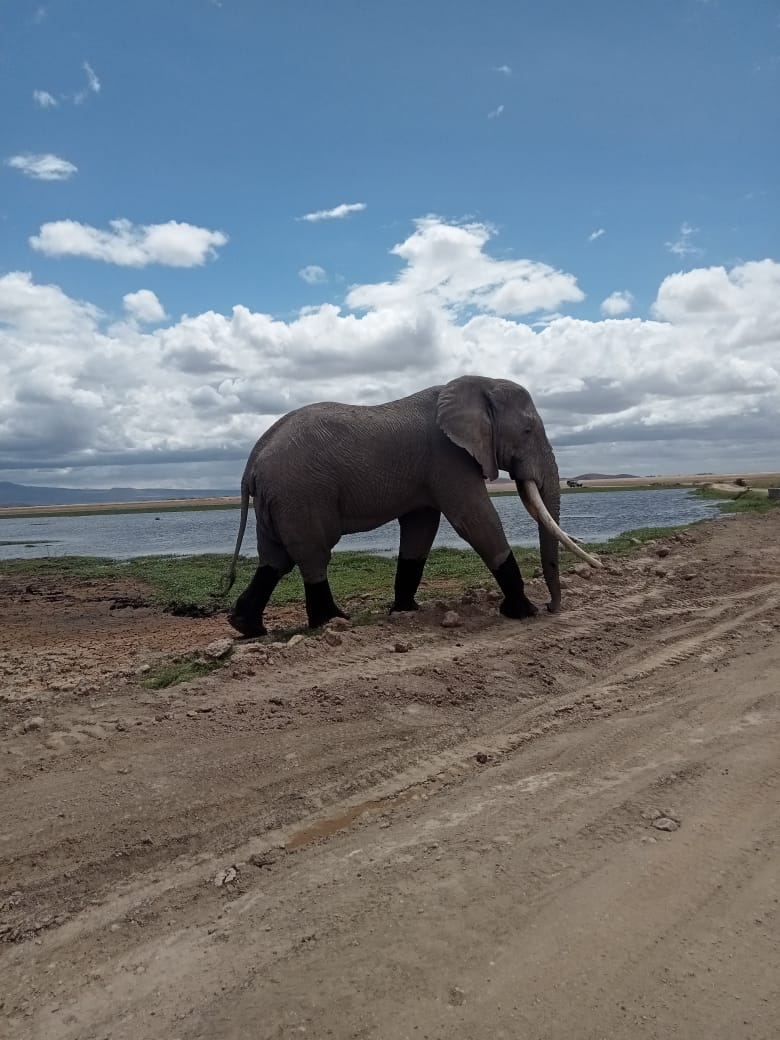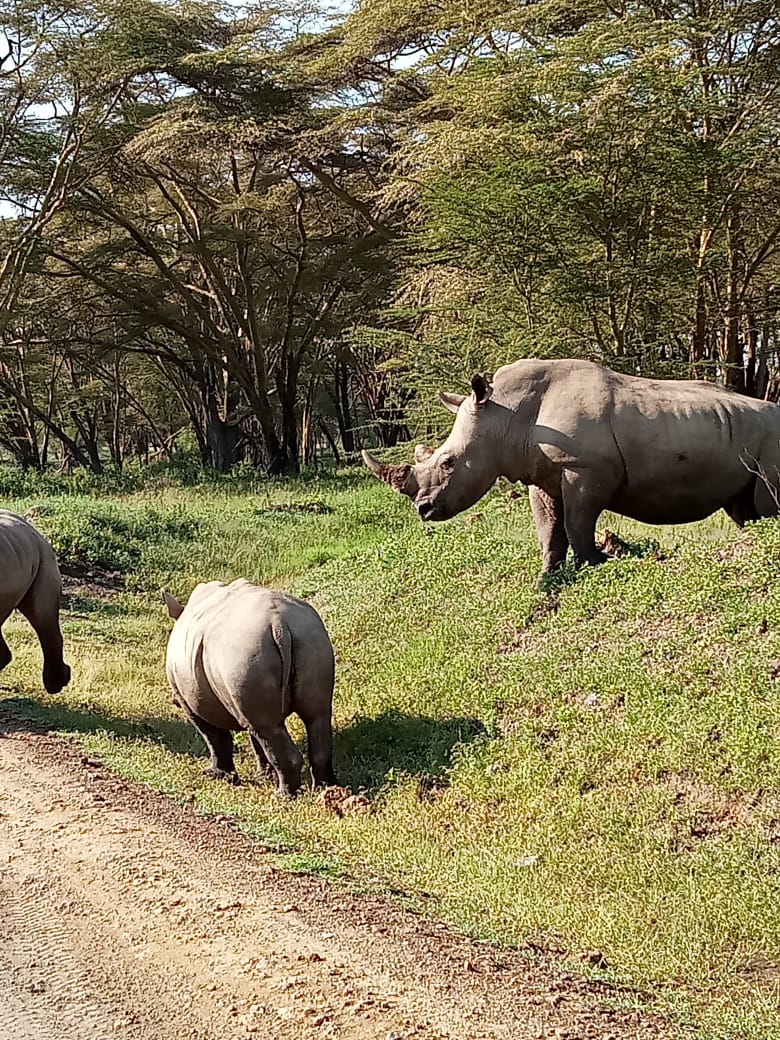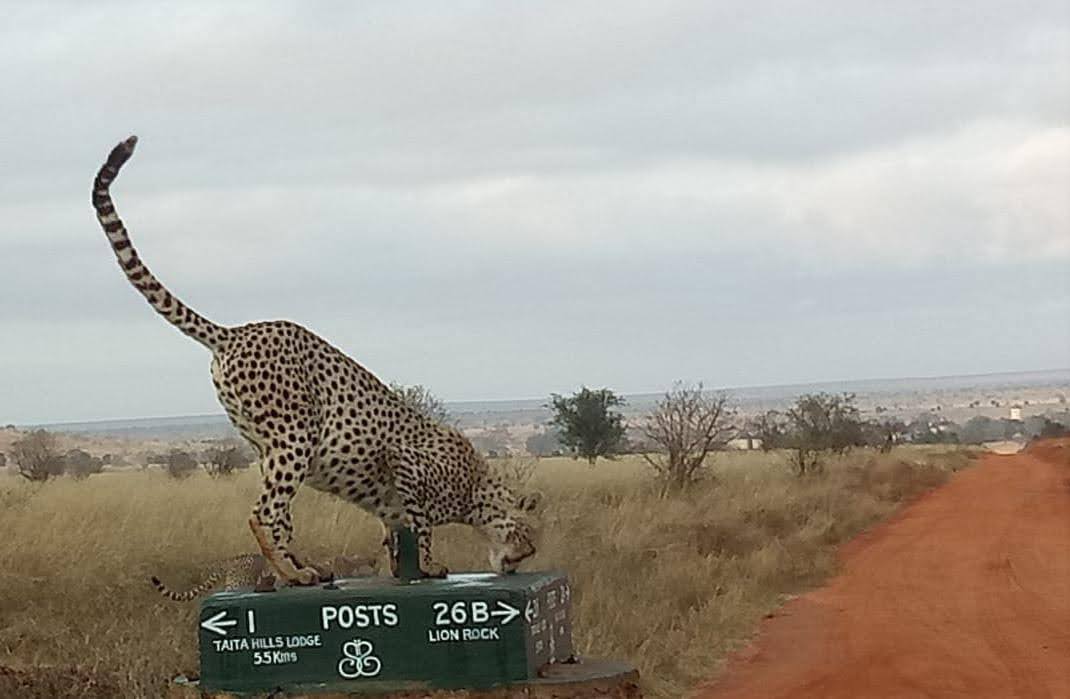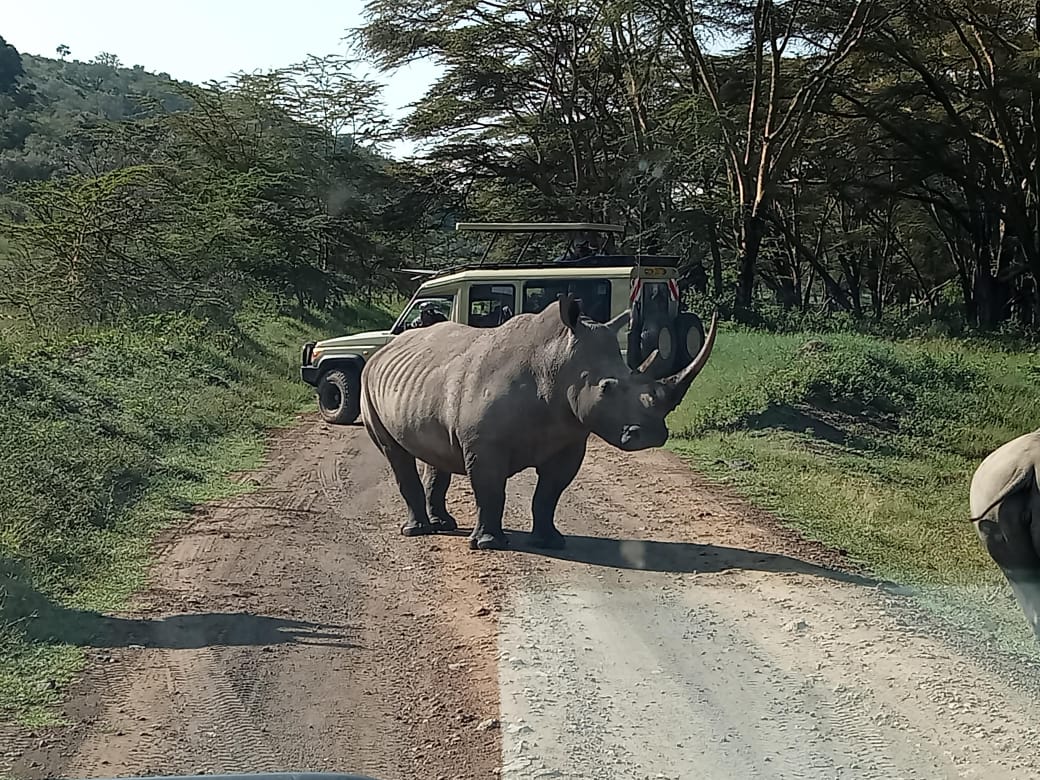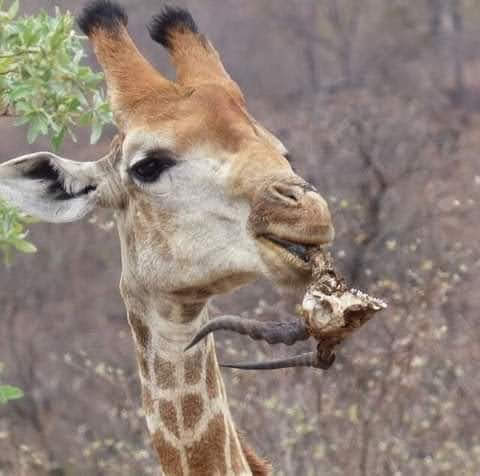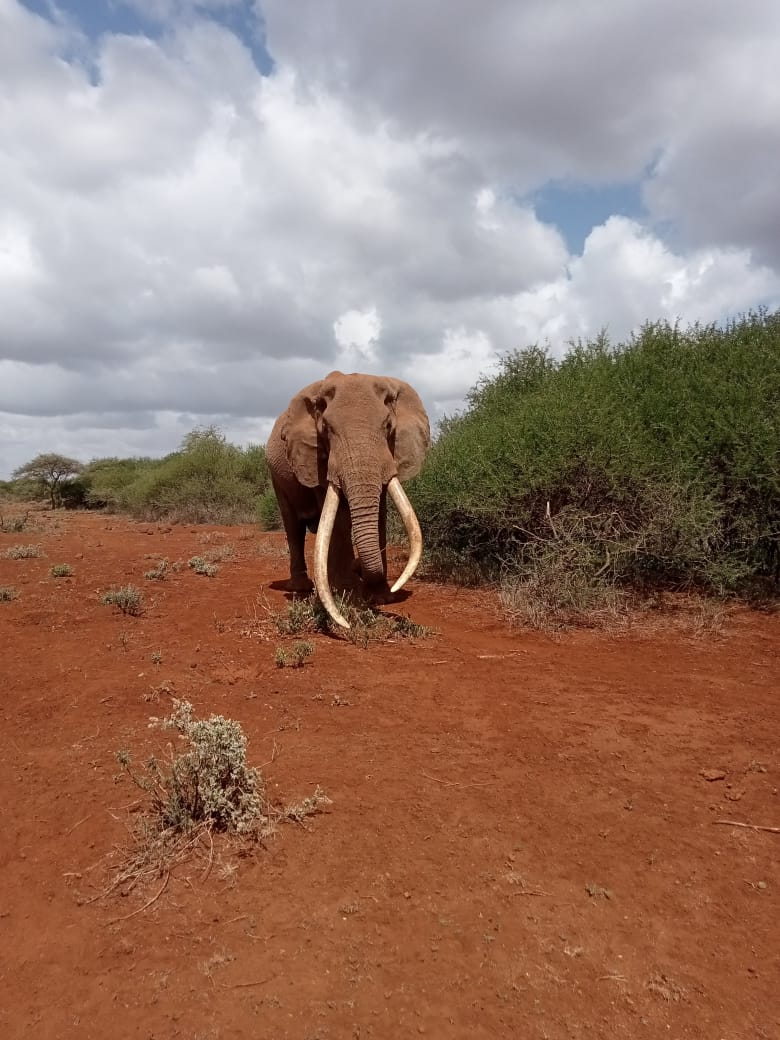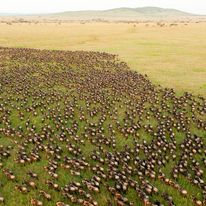The Great Wildebeest Migration is one of nature’s most spectacular events, a mesmerizing journey that unfolds across the vast plains of the Masai Mara. To make the most of this awe-inspiring phenomenon, timing is crucial. Here’s a guide on when to plan your visit to witness the epic migration in all its glory.
The Migration Cycles
1. January to March: Calving Season
The year kicks off with the calving season in the southern Serengeti. Witness the circle of life as thousands of wildebeest give birth to their young amidst the lush grasslands. This period is a haven for predators, offering exceptional wildlife sightings.
2. April to June: Transition to the North
As the rains subside, the herds begin their journey northward. The grasslands of the central Serengeti provide a bounty of fresh vegetation, and the wildebeest follow this green trail towards the Masai Mara.

3. July to October: Masai Mara Extravaganza
This is the pinnacle of the migration, and arguably the most sought-after period for visitors. The wildebeest, accompanied by zebras and gazelles, traverse the Mara River, braving crocodile-infested waters. The dramatic river crossings are a sight to behold, with the banks teeming with predators awaiting their opportunity.
4. November to December: Return South
As the short rains commence, the herds embark on their return journey to the southern Serengeti. This marks the completion of a full migration cycle, with the wildebeest covering vast distances in their relentless quest for fresh grazing grounds.
Choosing Your Ideal Time
Consider Your Preferences
- Dramatic River Crossings: July to October offers the best chance to witness the heart-stopping river crossings, a spectacle that defines the migration.
- Calmer Atmosphere: If you prefer a quieter experience amidst flourishing landscapes, consider visiting during the calving season from January to March.
- Balanced Wildlife Viewing: The transitional months of April to June and November to December provide a balance, showcasing different phases of the migration with fewer crowds.
Conclusion
The Great Wildebeest Migration is a testament to the rhythm of nature, an annual spectacle that captivates all who witness it. To immerse yourself in this extraordinary event, plan your visit based on the migration cycle that aligns with your preferences. Whether you seek the adrenaline of river crossings or the serene beauty of calving season, the Masai Mara welcomes yo
